All products featured are independently chosen by us. However, SoundGuys may receive a commission on orders placed through its retail links. See our ethics statement.
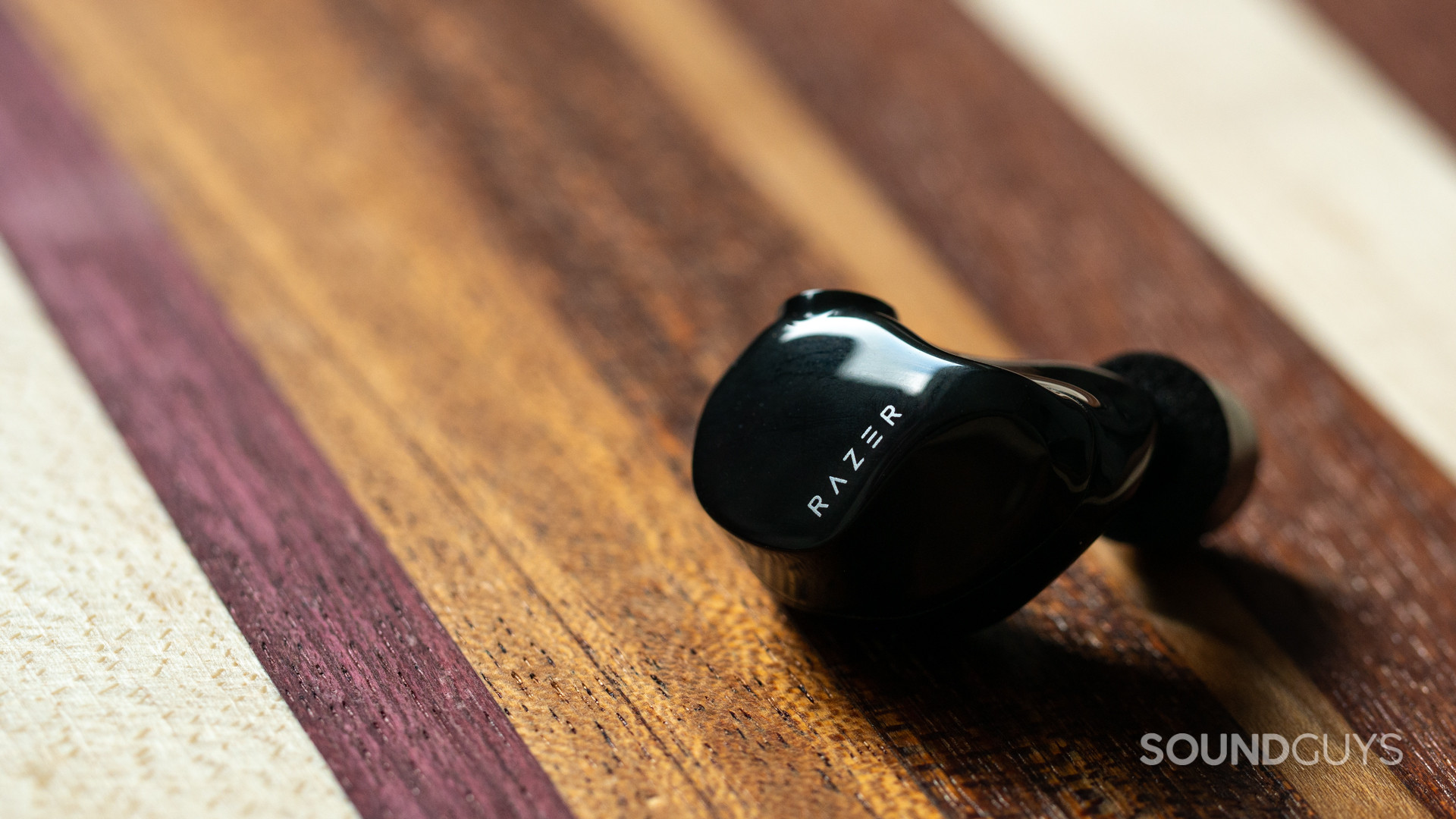
Razer Moray review: Worth the price?
Published onMarch 7, 2025
Razer Moray
The world of in-ear monitors (IEMs) has seen a revitalization, with several new companies making waves in this hobbyist space in recent years. Today, we’re looking at the Razer Moray, the gaming giant’s foray into non-gaming audio. But are they any good?
Editor’s note: This review was updated on March 7, 2025, to answer additional FAQs and ensure the timeliness of the information within.
The Razer Moray are for those who want to start streaming but don’t care much about over-ear headphones. Though these in-ear monitors are competent, they’re better suited for monitoring your voice than music listening.
The Razer Moray are passable for gaming, particularly for highlighting dialogue and voice chat. They’re comfortable for long sessions but won’t block environmental noise like trucks or planes. Note that you’ll need a separate microphone since they don’t have one built-in. While Razer markets them as providing a “wide, true-to-life soundstage,” they’re primarily designed for streaming rather than being optimized specifically for gaming.
What’s it like to use Razer Moray?
Inside the packaging of the Razer Moray are the IEMs, a soft-coated carrying case, three sizes of silicone and memory foam ear tips, a carabiner, and assorted documentation. As far as package contents go, this is pretty standard, but the inclusion of memory foam ear tips is a strong check in the “pro” column, as ensuring a good fit with your ear canals is the single most challenging — and essential — thing for a set of in-ears to have. A poor fit can cause sound quality underperformance and poor isolation, leading to noise ingress and discomfort. Considering that the Razer Moray has no other features, a good seal is critical to its utility.
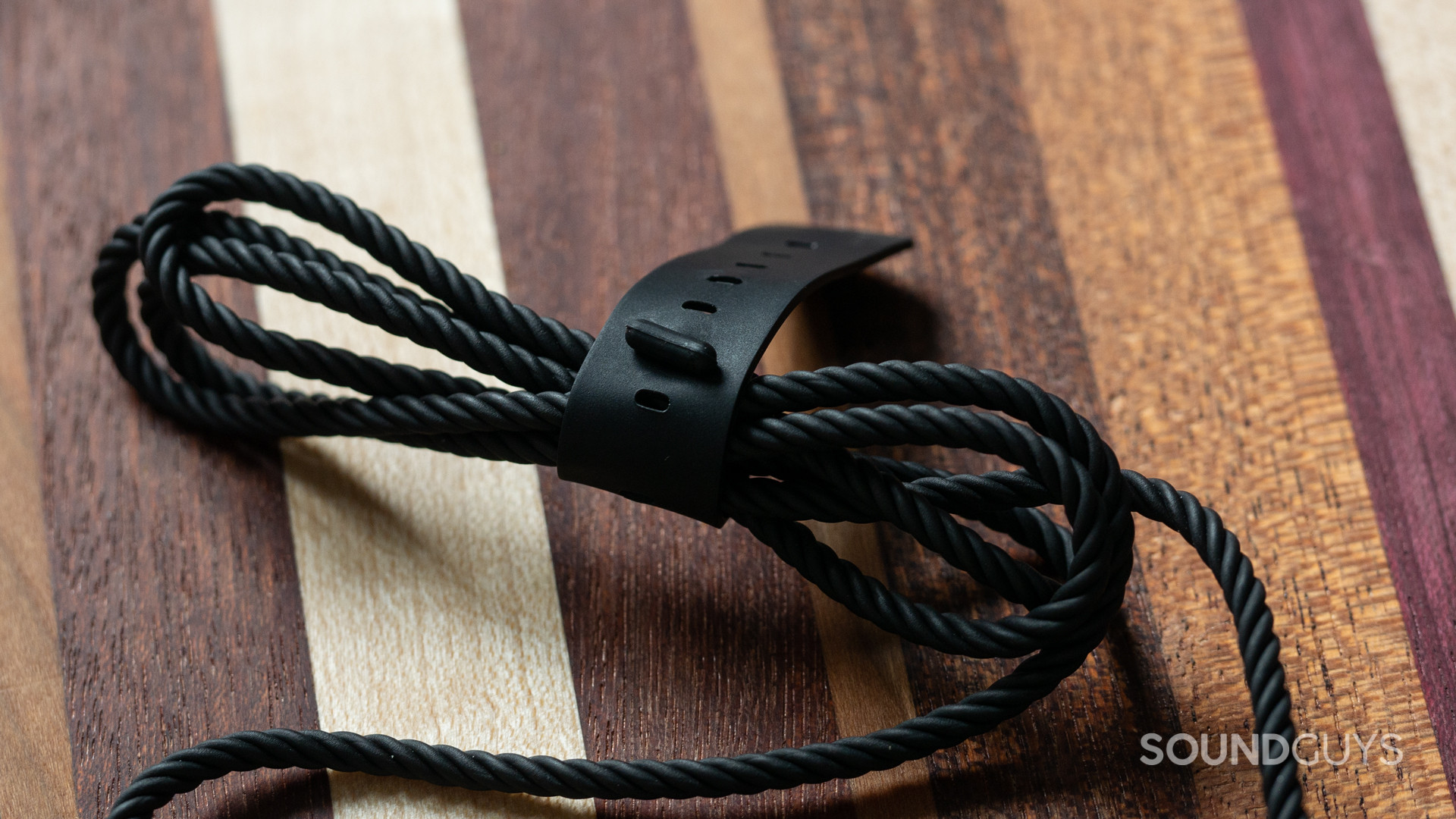
The housings to each earbud are shaped to fit the bizarre contours of our outer ears’ conchas, with a bit of a nub at the back to stabilize them. Though you’ll get a better fit with custom molded in-ear, the Razer Moray doesn’t have any extreme protrusions or aggressive shape changes that would make them uncomfortable. However, if they are uncomfortable for you, that won’t change — so be sure to call it quits early if you can’t get them to fit right.
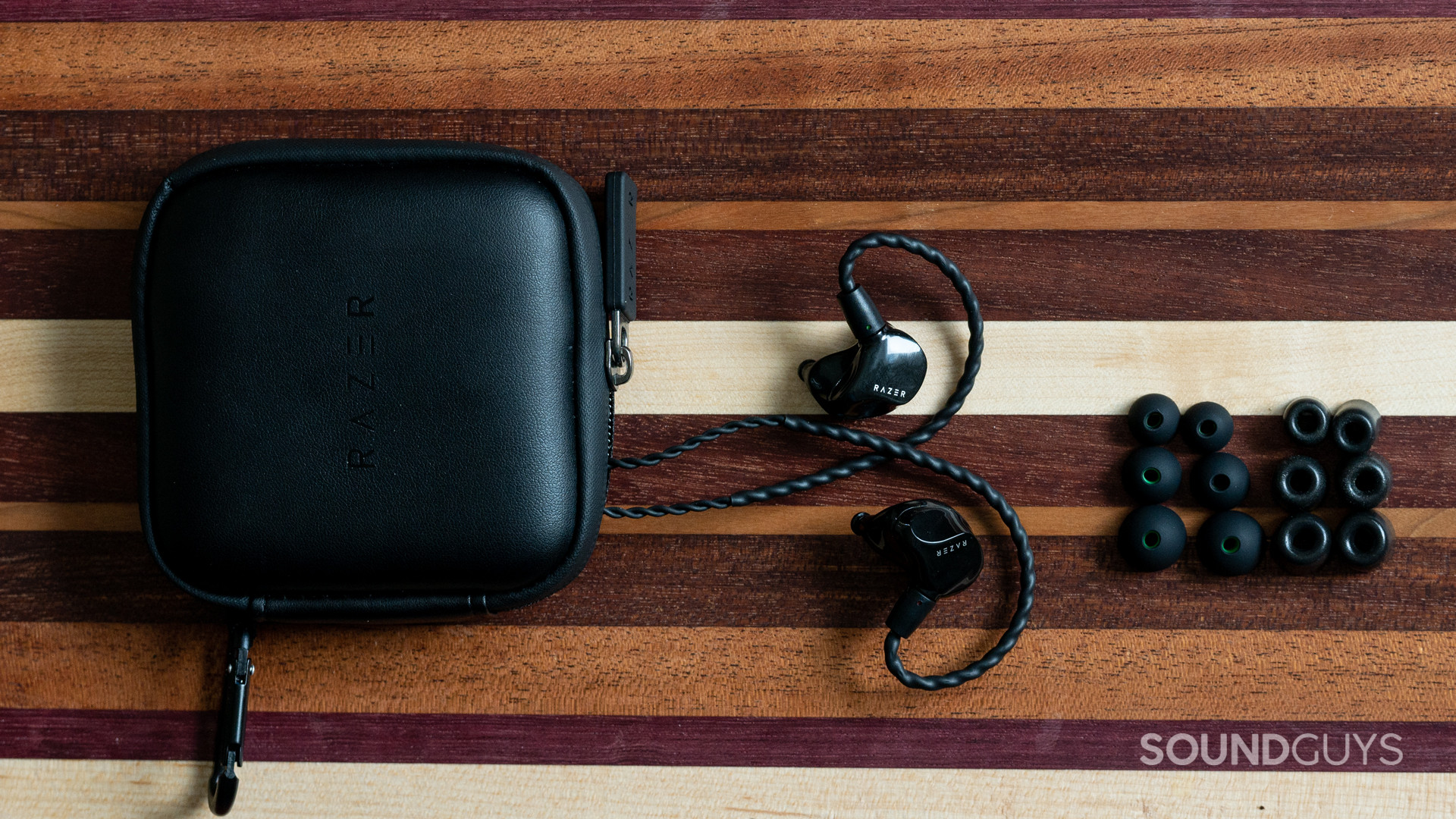
The Razer Moray are wired in-ears; they plug into your source with a headphone jack, and that’s about all you need to know. Thankfully, like most IEMs, the Razer Moray has high enough sensitivity that your USB-C dongle should be more than capable of supplying sufficient power. If you want to listen with a recent smartphone, chances are high that you’ll have to get a dongle to connect.
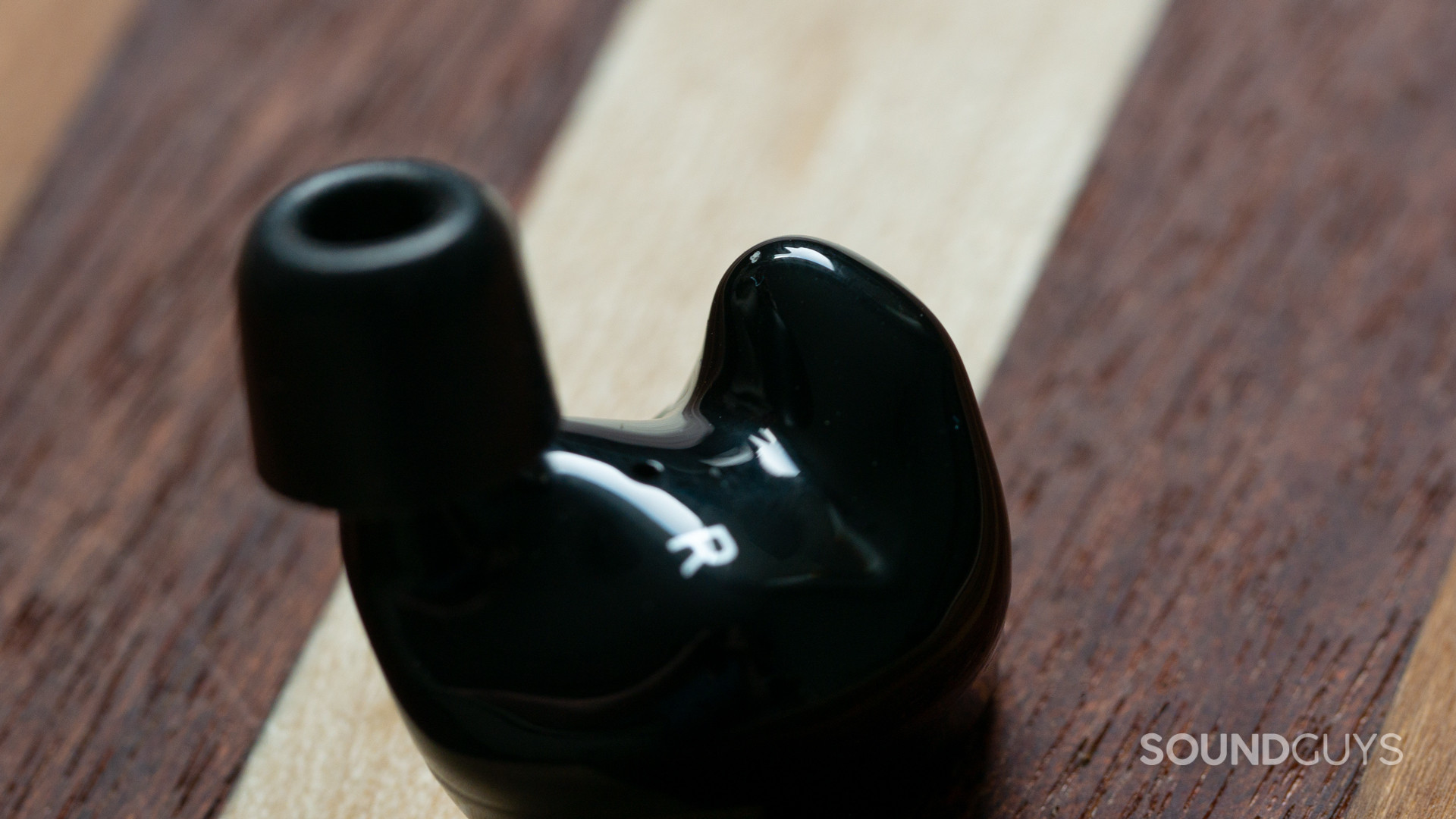
Wearing the IEMs correctly is easy enough, but the ear loops can look a little strange to the uninitiated. This loop is meant to wrap up and over your outer ear, taking some of the pressure off your ear canal and enabling the housing of the Razer Moray to sit deeper into your concha and reducing issues with cord “microphonics.” Because of this, the IEMs are reasonably comfortable over the long haul — if they fit you.
How do you control the Razer Moray?
The Razer Moray is a set of wired in-ears with no microphone. As such, there are no controls on the Razer Moray. If you want to control the levels or use any apps to do anything other than listen to music, you’ll have to use your device rather than control it from the earphones.
How does the Razer Moray connect?
The Razer Moray’s included cable is a 1.6 meter (5.25 feet) braided affair that terminates in a TRS headphone jack on one end and two MMCX connectors to hook up each earbud. If you’d like to listen to these with your smartphone, use a USB-C to 3.5mm dongle. If you have a headphone jack in your computer or DAP, you can use that.
This is a godsend for those who tend to break cables: you can get a replacement without too much difficulty by searching Amazon or other online retailers. You could take the opportunity to get something more to your liking — for example, a shorter cable or a Bluetooth adapter like the Mackie MP-BTA or FiiO UTWS5.
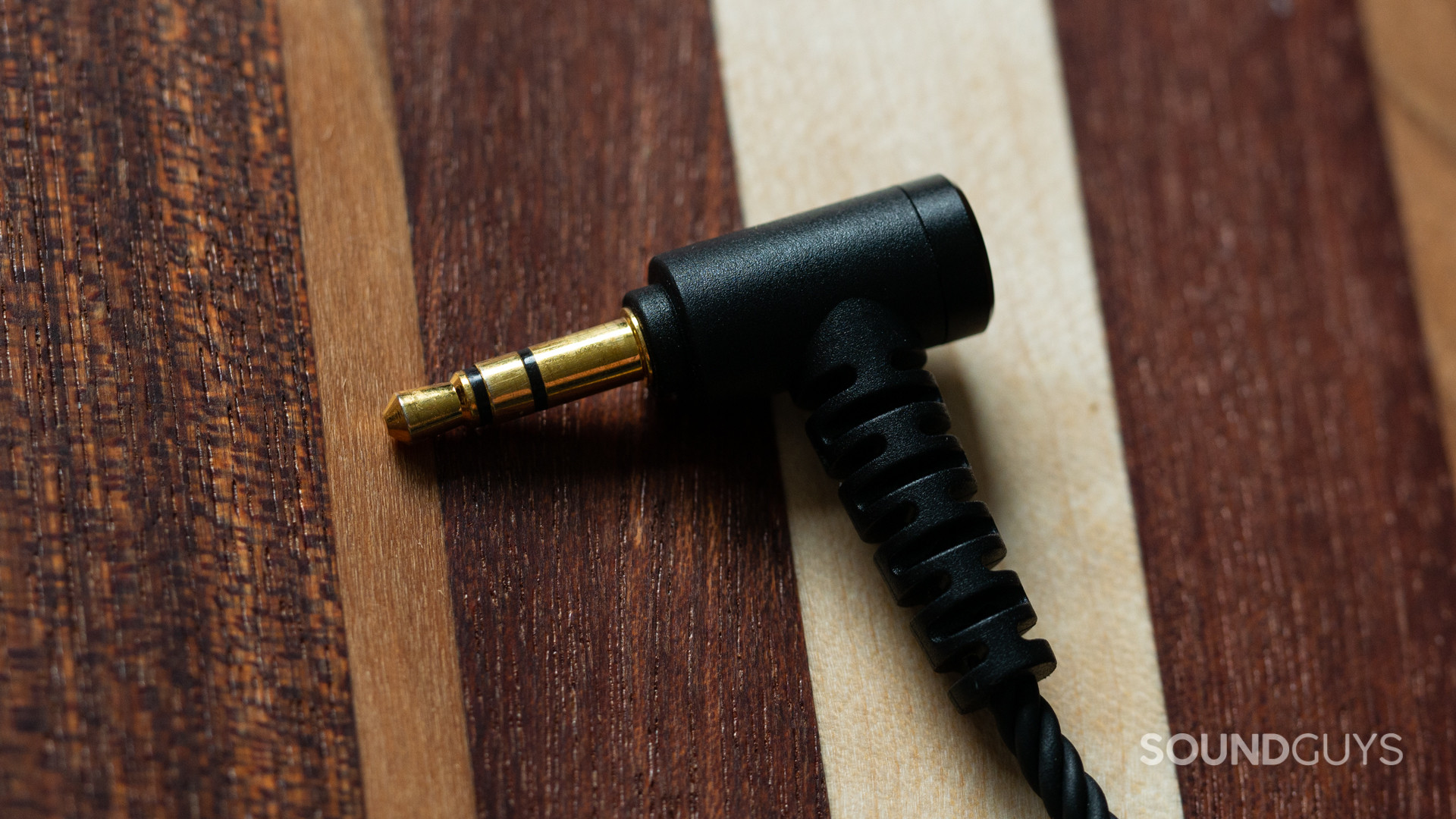
Regarding power requirements, the Razer Moray is very easy to drive, reaching an output level of 106dB with a 1mW input. With an impedance of 32Ω, the earphones should not be difficult to get even loud should you need the extra headroom for equalizing. You do not need an amp to drive the Razer Moray.
How well do the Razer Moray block out noise?
Loading chart ...
Using the foam tips, the Razer Moray can isolate you from outside noise quite well, owing to its excellent seal to your ear canal. In general, we often find that the silicone tips included by most manufacturers tend to be less consistent in how they seal to ear canals — so including memory foam tips is a nice feature.
To make the most of them, you’ll need to install the tips onto the Razer Moray by removing the included silicone tips and inserting the nozzles into the foam tips. Then, roll the tips with your thumb and forefinger until the foam compresses down to the nozzle. Once that’s happened, insert the nozzles into your ears and hold the earbuds in place while the foam expands against your ear canal. That should give you a near-perfect fit.
How does the Razer Moray sound?
Loading chart ...
Can you use the Razer Moray for phone calls?
The Razer Moray does not have a microphone, so you’ll need something else if you’re hoping to use these for phone calls. Most in-ear monitors aren’t built with conversation in mind, so, unsurprisingly, these are listen-only. If you’re streaming, the assumption is that you will be using a dedicated mic anyway.
Should you buy the Razer Moray?

At $129.99, the Razer Moray may be competitively priced. Still, it doesn’t do much to differentiate itself from the slew of inexpensive options available to IEM enthusiasts via Amazon or elsewhere. Therefore, I encourage you to look around a bit more before settling on this product. You’ll be able to find an IEM that suits your needs and preferences a little better if you want to listen to movies or music. I wouldn’t recommend this because there are so many in-ears with the same strengths and fewer weaknesses.

That said, these are a good buy if you find the Razer Moray on sale and are interested in using earbuds to perform on popular streaming platforms. We still contend that the sound should have a much better treble extension than it does, but it’s fine for voice alone.
What should you get instead of the Razer Moray?
There’s no shortage of in-ear monitors on the market, as this category has recently seen a renaissance. We strongly recommend checking out our list of the best budget IEMs for plenty of options that can save you money.
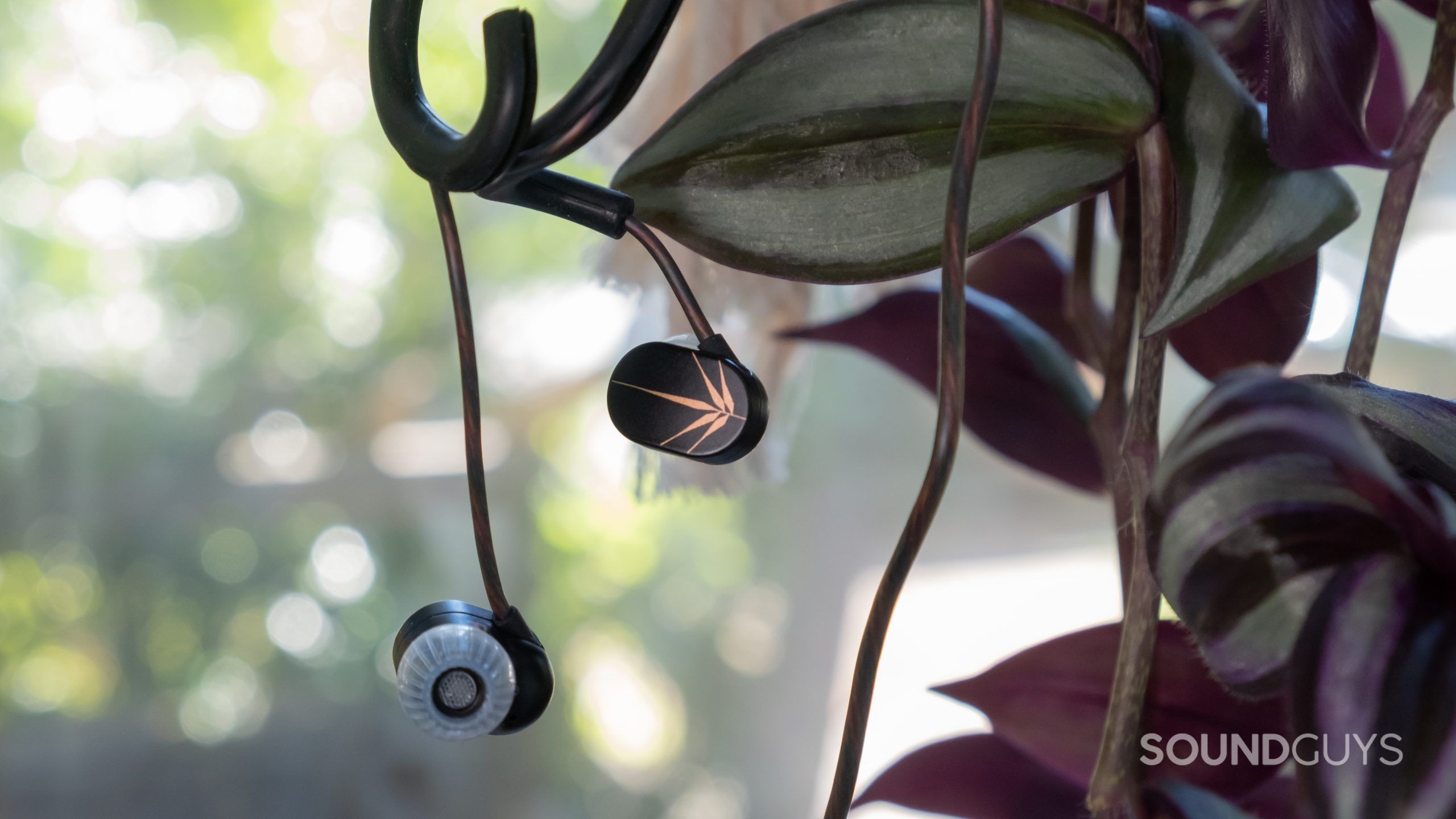
We also strongly recommend looking through our best wired earbuds list for more inspiration — just be aware that there are so many offerings here that many really good models can’t fit on our list. Alternatively, if you own in-ear but want to correct how they fit, consider getting third-party ear tips instead. While it may sound like a cop-out suggestion, silicone ear tips are sometimes tricky to fit correctly, and a poor fit could be why you don’t like your current IEMs.
Frequently asked questions
No.
No.
To use the Razer Moray with an iPhone, you’ll need a dongle to convert the USB-C port or Lightning port to 3.5mm.
No.
Define “better.” The Moray has zero latency and lossless benefits of wired but none of the convenience of wireless.